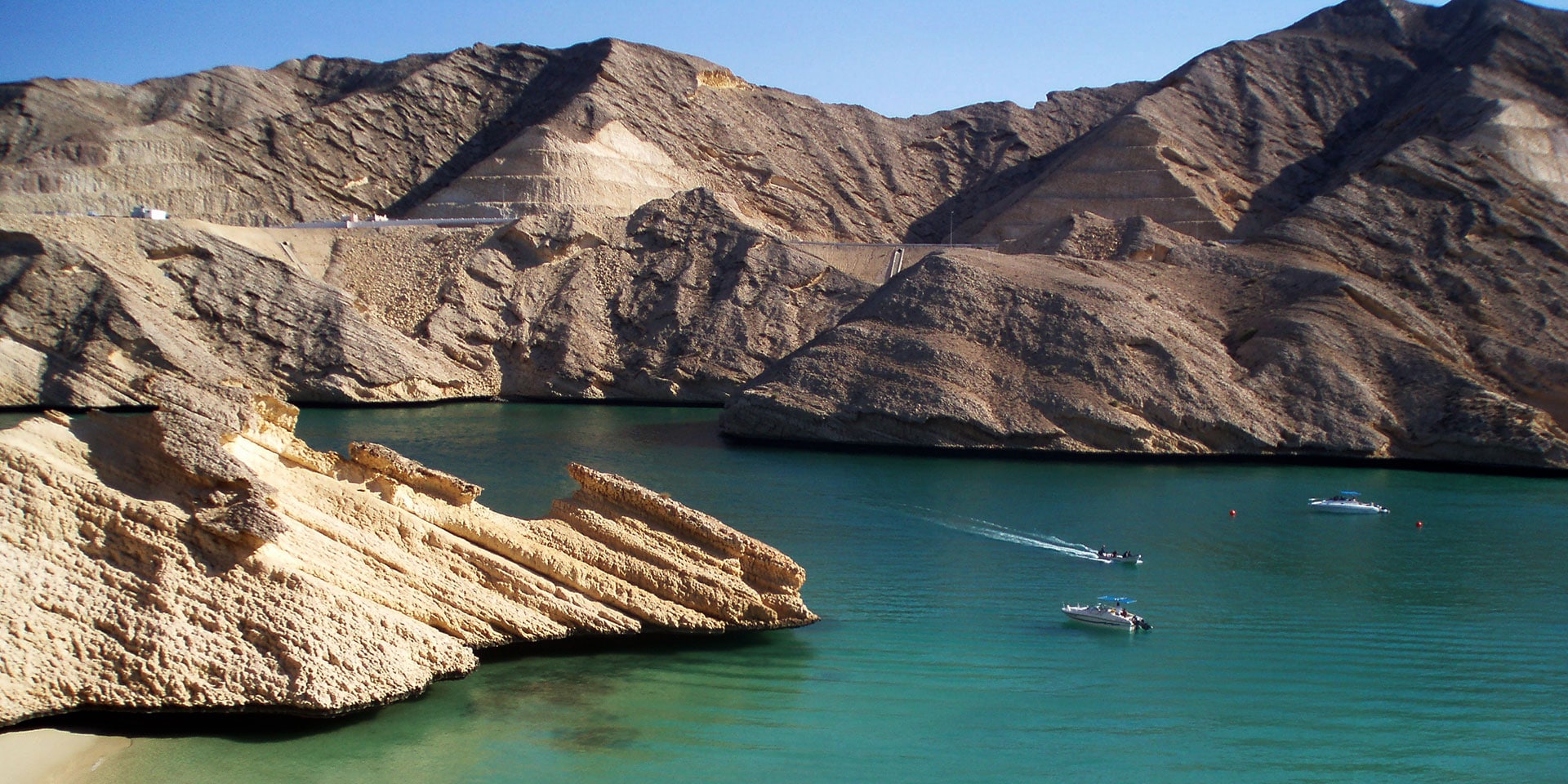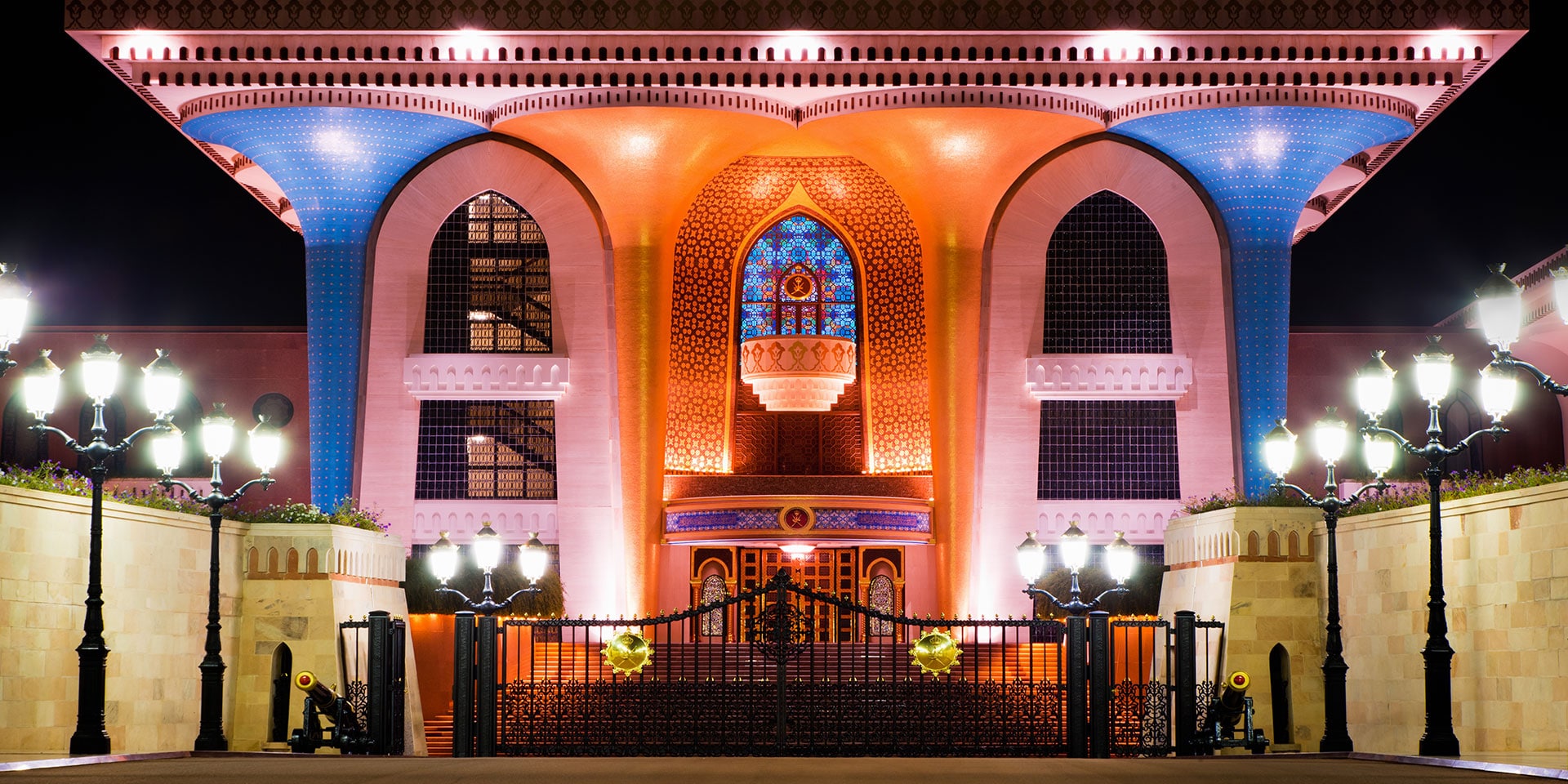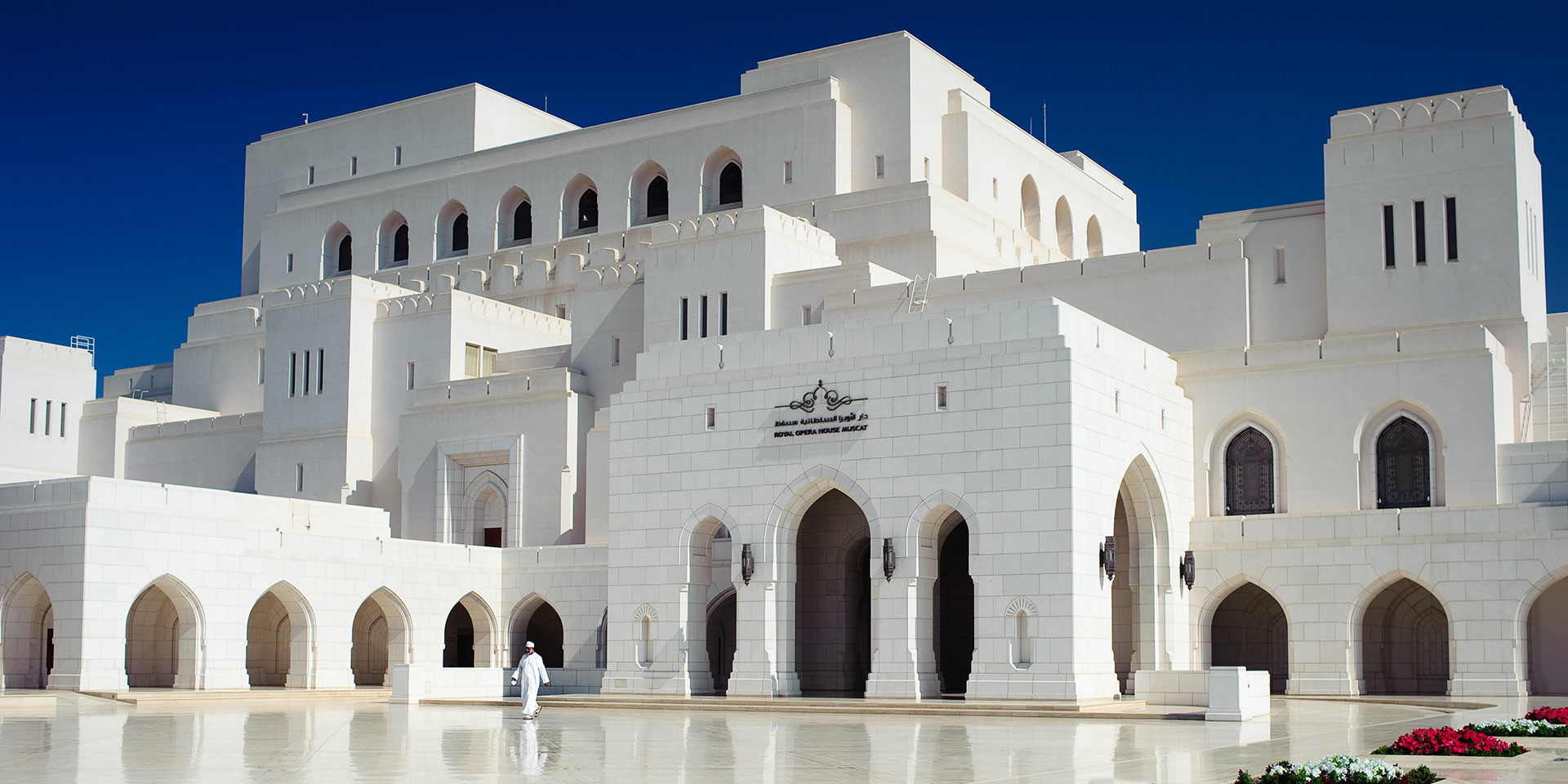Historic traditions, grand architecture and inspiring landscapes make the Omani capital a traveler’s dream, but prices are known for being eye-wateringly expensive. Some of the most popular attractions, and some lesser-known ones that should be popular, do not have to cost a dime (or baisa, in Omani money).
Here are five of the top things to do in Muscat that can be experienced for free.
Mutrah Fort
This towering, sandy-colored Portuguese fortress rises high above the low-level white Omani houses and the city’s harbor. It offers an insight into how the city developed in the late 16th-century as a seafaring nation when the fort was built; heavy cannons stand looking out to sea on the structure’s multitiered walls, warding off would-be invaders from years gone by.
The fortress is more than just a historical icon; it is also the best place in the city to gaze at the myriad traditional houses, awe-inspiring modern mosques, cruise ships and traditional dhows sailing into harbor while also watching local men in their white dishdasha and colorful caps going about their business. An added bonus? Local bagpipe players congregate nearby to bellow their melodies through the air, all for free.
Mutrah Souq
If there is one symbolic image of Oman, it has to be the narrow and winding alleyways inside Mutrah souq, a traditional Arab market. Walking through the souq is absolutely free — and haggling is expected, so the prices of souvenirs and Omani handicrafts need not cost the world.
As you walk through the souq’s dimly lit alleyways, shopkeepers will call out to you to enter their shops. You will have various types of oudh perfumes and oils sprayed and rolled onto your wrists, bukhoor incense pushed into your hands, and Omani khanjar daggers, wood carvings, metalworks, vases and lamps placed into your hands in the hope that you will buy.
This is a shopping tradition that has changed little over the centuries, and even if you decide not to buy anything, you will come out at the other end — if you find your way out of the mesmerizing maze — smelling of the finest Arabian scents.
Qantab Beach

There are many free, secluded beaches and spectacular mountains to explore in Oman, many of which are only known to locals and long-term expatriates, but Qantab Beach is extra special. Located just a 30-minute drive from central Muscat, the beach is hidden away in a cove encircled by sandy cliffs and the wide-open sea.
Tall, sandstone cliffs — and the odd bush or tree growing from their cracks — cast shadows over the beach, ensuring numerous shaded areas to escape from the scorching Omani midday sun. Very few people know about this secluded beach, so snorkeling in the shallow turquoise waters or sun bathing is no issue.
What is more, there is no risk of touts bothering you as you relax on the beach.
Opera Galleria
The Royal Opera House Muscat is one of the most impressive modern buildings in the city — a huge, white-marble geometric symbol of Sultan Qaboos’ love for music and opera. Tickets for performances by world-renowned acts are also impressive, with the best ones costing hundreds of rials.
If purchasing tickets is beyond your budget, next door to the opera house sits the Opera Galleria, an equally grand and luxurious shopping mall that takes its inspiration from its larger brother. Acts that are due to perform in the opera house often put on free lunchtime performances for shoppers and music lovers alike. Performances including “Eine Nacht in Venedig” and “La Traviata” draw crowds from across the city.
There are regular free art exhibitions and family fun events held in the same building throughout the year, as well.
Al Alam Palace

Although you cannot actually enter the Al Alam Palace, the ceremonial residence of Sultan Qaboos, its geometric Islamic design and colorful blue-and-white tiled arched walls are still wildly impressive from the outside. The manicured lawns surrounding the palace are well-kept and worthy of a peek through the gates — for free.
The palace is located inside the government district, where grand white stone and marble ministries cast shadows over the marble walkways and luxury cars pass in front of the National Museum of the Sultanate of Oman, which is well worth a visit in its own right (entry fee for adults: 5 rials).




